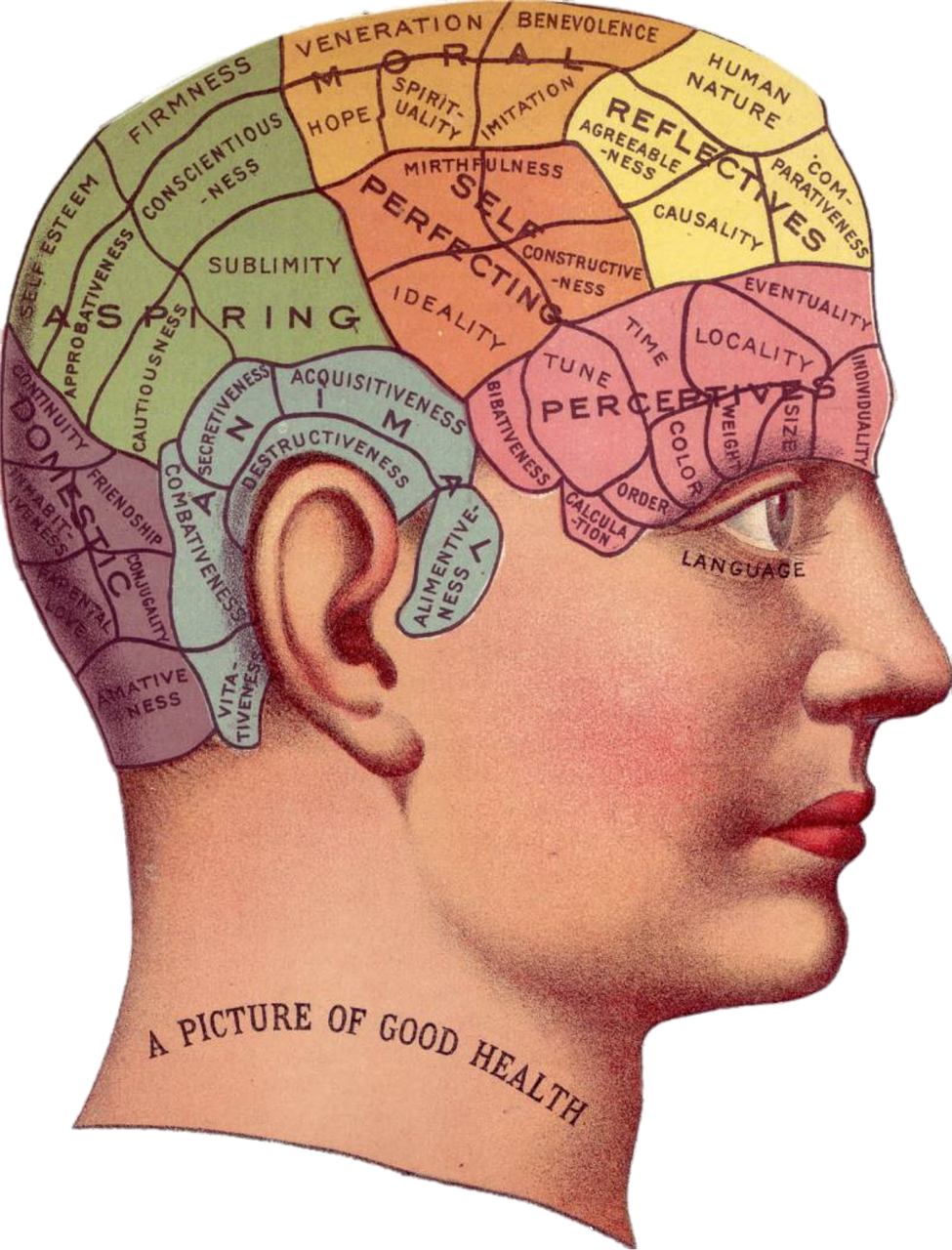4 Steps to Writing Awesome Product Descriptions
“When I put on the pair of glasses what I saw I could not believe. Nor will you.”
No, that’s not the opening line to classic 1988 sci-fi horror They Live – although you’d be forgiven in thinking so.
It’s Joseph Sugarman’s subheading to his iconic print ad that sold over 100,000 pairs. The sunglasses looked cool, yes, and they were fairly well made, but the way Sugarman described the product was the ultimate factor in their success.
Forget all other copy: product descriptions have the power to make or break sales, yet they’re most often overlooked.
In fact, Salsify say that product descriptions are regularly the #2 or #3 reason consumers buy the products they do.
There’s a few rules you must follow, and more hacks to learn along the way, so let’s dive in.
1. Why do Product Descriptions Matter?
Cheaper, faster, more recognised brand name, more reviews, better testimonials – you’d think these would be the ultimate factors in deciding a sale. But often, they’re not.
Product descriptions will be found at the bottom of many a to do list. There’s tons more copy to write for the homepage, the ads, the email campaigns – so why bother writing a unique description for every single product when you can just copy a couple paragraphs from the manufacturer?
If you were the kind of person who never puts the lid back on the toothpaste, that’s what you’d do.
But that’s not you. You want a bright smile, non-sticky countertops and more sales – right?
Manufacturers’ product descriptions suck for your purposes. Their copy is geared towards making a sale from YOU – someone with a store, who wants to modify or resale or dropship their product.
For example, if you sell eco-friendly cleaning supplies, buying mops online means you scan manufacturers’ product descriptions for minimum quantity, materials used, and biodegradability as well as price.
But your customer won’t care that it’s made from a more sustainable bamboo than that other guy. He wants a clean floor, and to feel less guilty about his SUV.
And there’s another reason you’ll want original product descriptions: if your manufacturer’s description is found anywhere else online, Google will consider it duplicate content and penalise your store by pushing it down the search results.
Not. Worth. It.
2. How to Mine for Product Description Language
The first step to great marketing is always knowing your ideal customer like the back of your hand.
But unless the back of your hand is sentiently browsing Amazon for fancy rings and gloves while you sleep, it’s probably better to get to know your ideal customer as well as a favourite cousin or regular barfly.
Well enough so you know their purchasing preferences as well as a little background info, but not so well they call you at 2am for a ride home.
This is where being passionate about your niche comes in handy: when you’re interested in what you’re selling, and are a prospective customer yourself, it’s easier to immerse yourself in that world and use its technical terms in a natural way that doesn’t sound forced or over-salesy.
Great places to hang out and learn all about your customers’ fears, desires, pain points and jargon include:
- Facebook groups
- Online forums
- Reviews of competitor products (e.g. on Amazon)
- Business pages
- Blogs
- YouTube channels
- Comments sections (beware of trolls)
You’ll want to look for any words you don’t immediately recognise, or that are super specific to that niche. These are perfect to include in your product description not only as keywords, but to pass as a trusted authority in the space.
Also watch out for any common issues or annoyances, especially any that your product might help to solve.
3. The Product Description Formula
Here’s your basic outline, distilled in a neat little pseudo-mathematic package:
Story + Emotion + Technical Language = Profits
This is what you’ll see in any general product description that’s worth its salt. First, you tell a story, or hint at a relatable experience that may have happened to your customer.
Next, inject emotion relating to that experience to trigger your customer’s pain points or desires. Emotion is like a magnifying glass: it makes tiny insignificant things look like terrifying beasts ready to devour you whole.
Finally, lovingly sprinkle that precious jargon throughout. Think of these as anchors which let your customer know you’re speaking from a position of experience and authority – you know your stuff.
As Joseph Sugarman, sunglasses advert writer extraordinaire, famously said: “You sell on emotion, but you justify a purchase with logic.”
This is why your product description needs to include emotion and storytelling up front. However, logic is essential to lock in the sale and let the customer justify their purchase. After you hook their urge to buy, then include features such as size, price, materials, delivery costs etc.
4. Test, Test, Test!
(You knew this was coming.)
It’s our favourite part! A/B testing product descriptions is easy in Convertri, as long as you have your long description on separate pages. Simply click to test, enter your variant copy, and hit the big red (figurative) button to start finding a winner.
Of course, there’s a lot you can test with product descriptions. Here are a few ideas:
- Pain points
- Urgency
- Fear vs desire
- Different technical terms
- Longer vs shorter descriptions
- Formatting, colours, layout, etc
Of course, nothing beats ongoing research. So as well as keeping up to date with those forums and Facebook groups your customers love, keep window shopping for competitor products and eye up their product descriptions. Chances are they’ve tested those already – and if they’re using a surprising strategy, you may be onto a winner.
Hopefully by now you’ll know enough about product descriptions to start crafting your own. They don’t take half as long as you might think to complete – and the results are 100% worth it.





